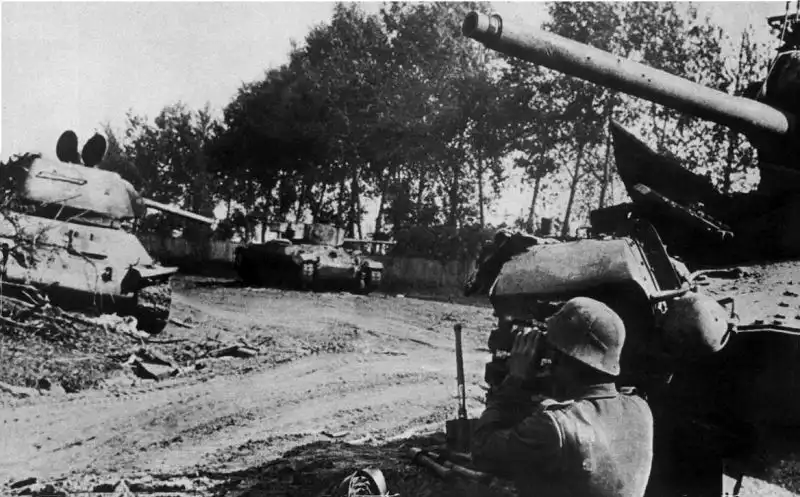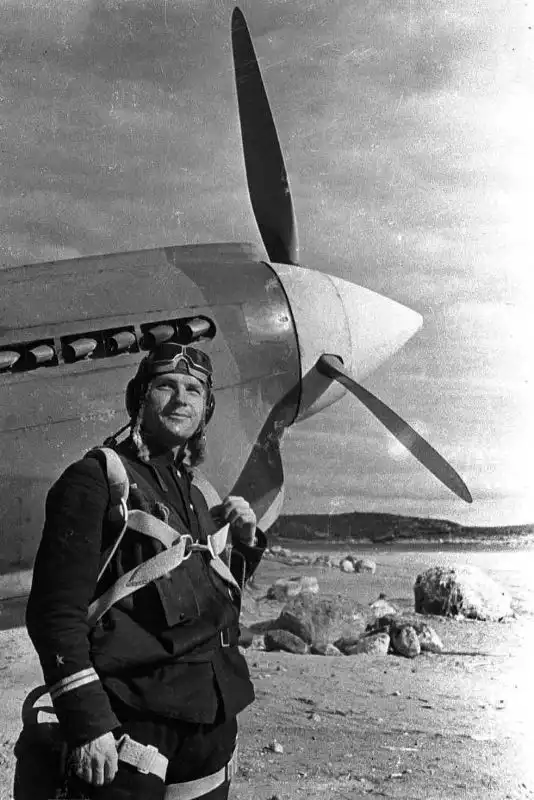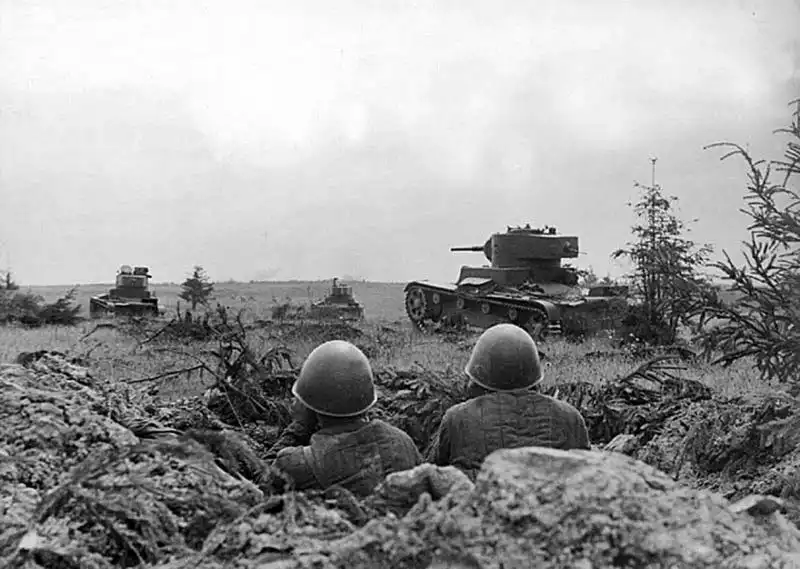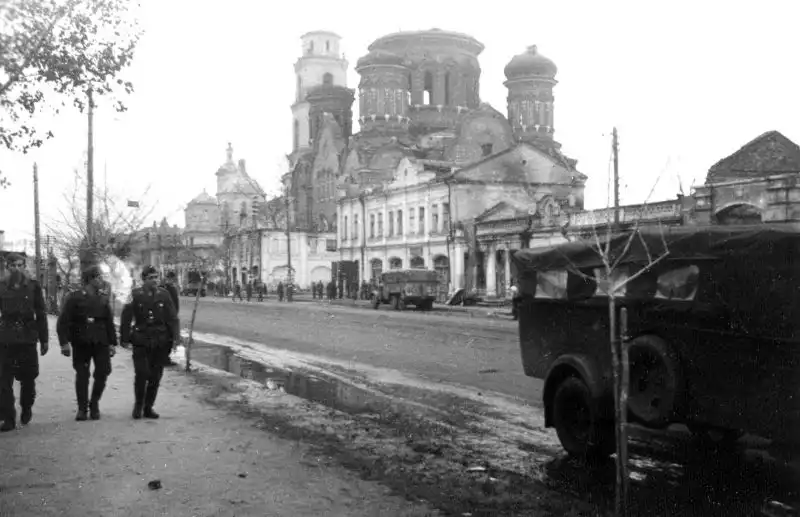Crew of a Soviet T-40 Amphibious Light Tank, Spring 1941
November 2, 2025 - Reading time: 4 minutes
Crew of a Soviet T-40 amphibious light tank, photographed in 1941 before large-scale combat on the Eastern Front.

This photograph shows the two-man crew of a Soviet T-40 amphibious light tank in spring 1941, taken shortly before the outbreak of large-scale fighting on the Eastern Front. Designed primarily for reconnaissance, river crossings, and security duties, the T-40 represented the Red Army’s pre-war emphasis on mobility and combined-arms flexibility.
The crew consisted of a driver and a commander, the latter serving simultaneously as gunner and loader — a demanding task in active combat. Early versions of the T-40 were equipped with a twin machine-gun mount, featuring a 12.7 mm DShKT heavy machine gun paired with a 7.62 mm DT machine gun. However, the opening battles of World War II quickly demonstrated that this armament was insufficient against German armored vehicles.
By mid-1941, an upgraded version appeared, armed with a 20 mm ShVAK (TNSH-20) automatic cannon, giving the tank improved firepower against infantry, light vehicles, and low-flying aircraft. Even so, the T-40’s thin armor and limited protection made frontline deployment extremely hazardous.
A total of approximately 722 T-40-series tanks (including the T-40, T-40S, and T-30 variants) were produced before the design was ultimately replaced by the T-60, which sacrificed amphibious capability in exchange for better armor and simplified mass production.
Technical Photo Data:
📍 Location: USSR
📅 Date: 1941
📷 Author: Margaret Bourke-White
📝 Source: LIFE Magazine Archive
- T-40 light tank crew photo
- Soviet armor spring 1941
- Early WWII Red Army vehicle design
- Amphibious armored vehicles USSR
Tags
Category
Search
Categories
- Unidentified WWII Photos (12)
- World War II Photos 1937 (1)
- World War II Photos 1938 (1)
- World War II Photos 1939 (3)
- World War II Photos 1940 (5)
- World War II Photos 1941 (99)
- World War II Photos 1942 (55)
- World War II Photos 1943 (50)
- World War II Photos 1944 (76)
- World War II Photos 1945 (40)
- WWII and Postwar Photos 1946 (1)





